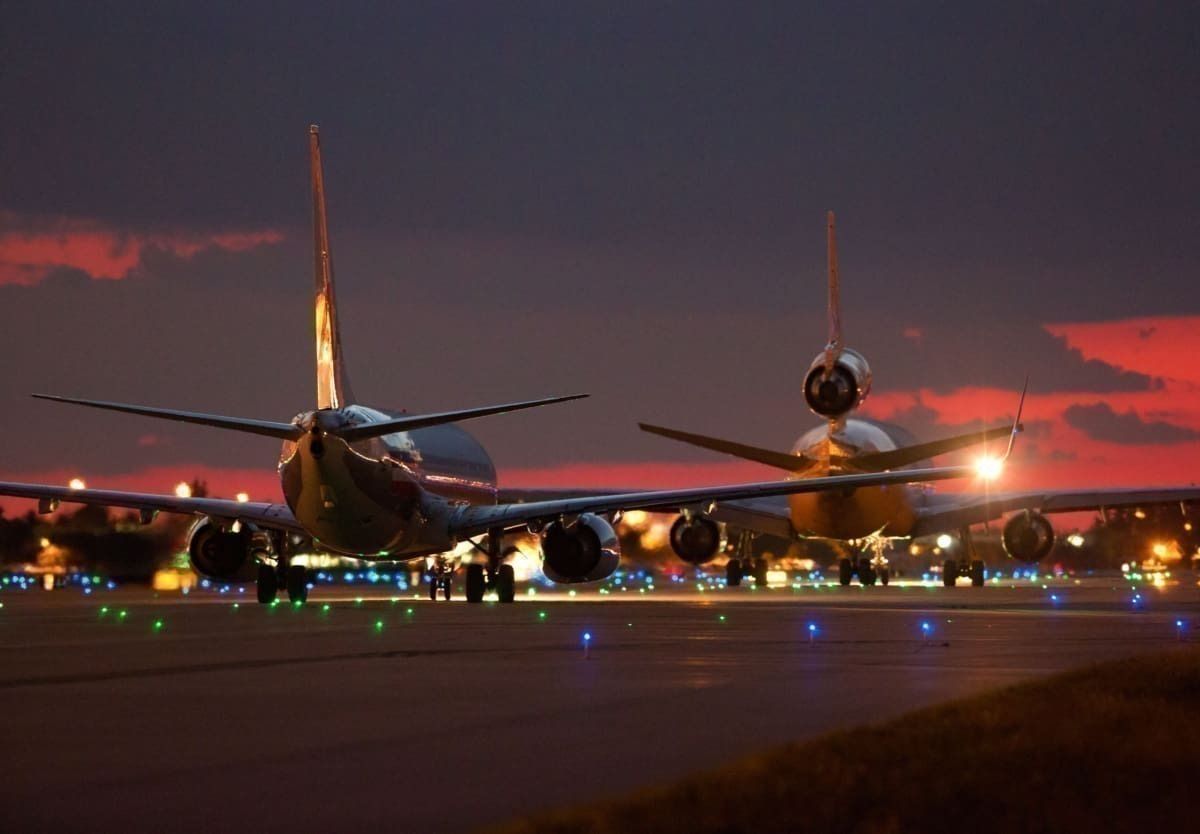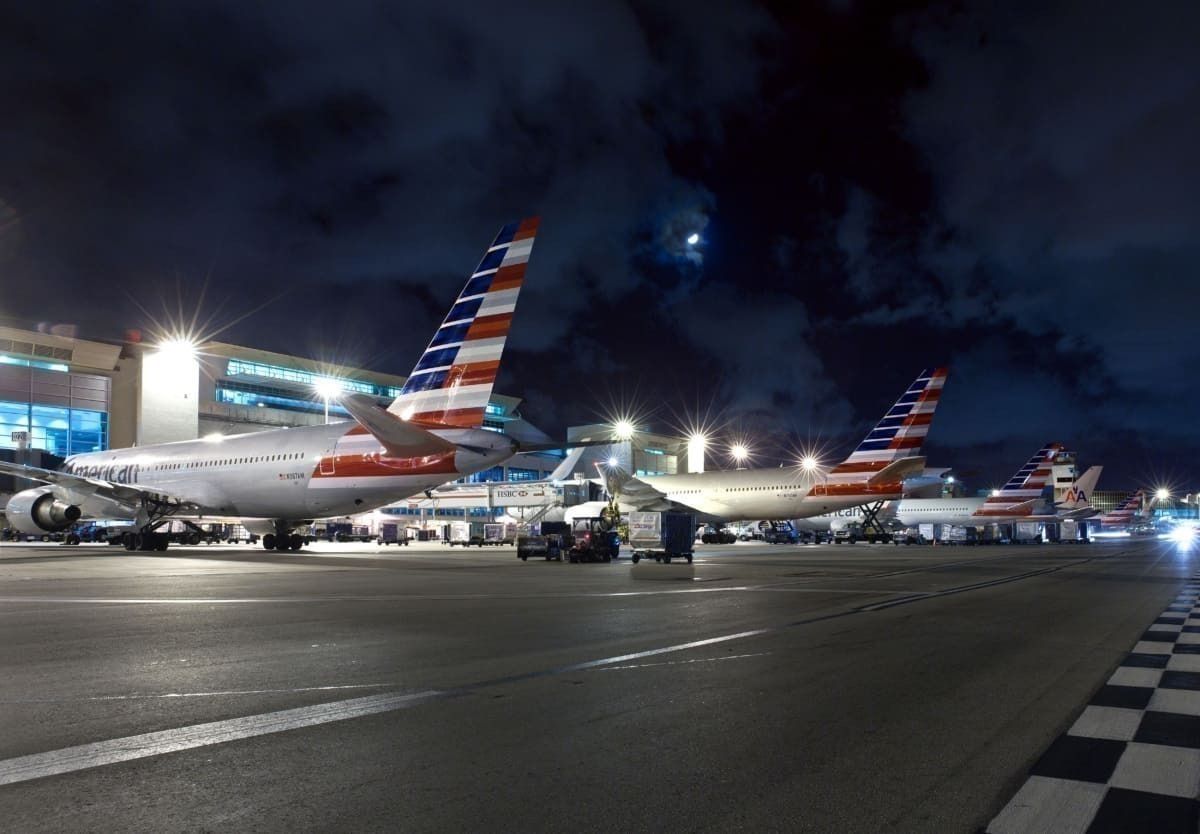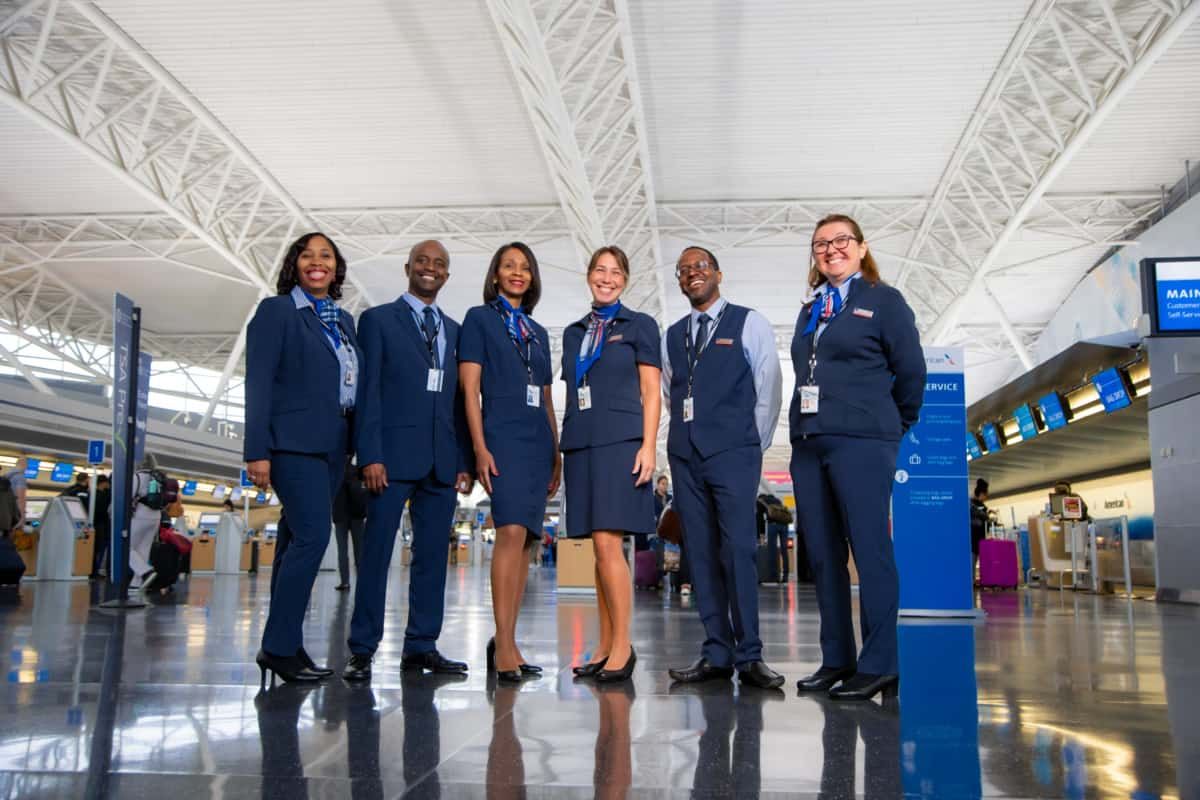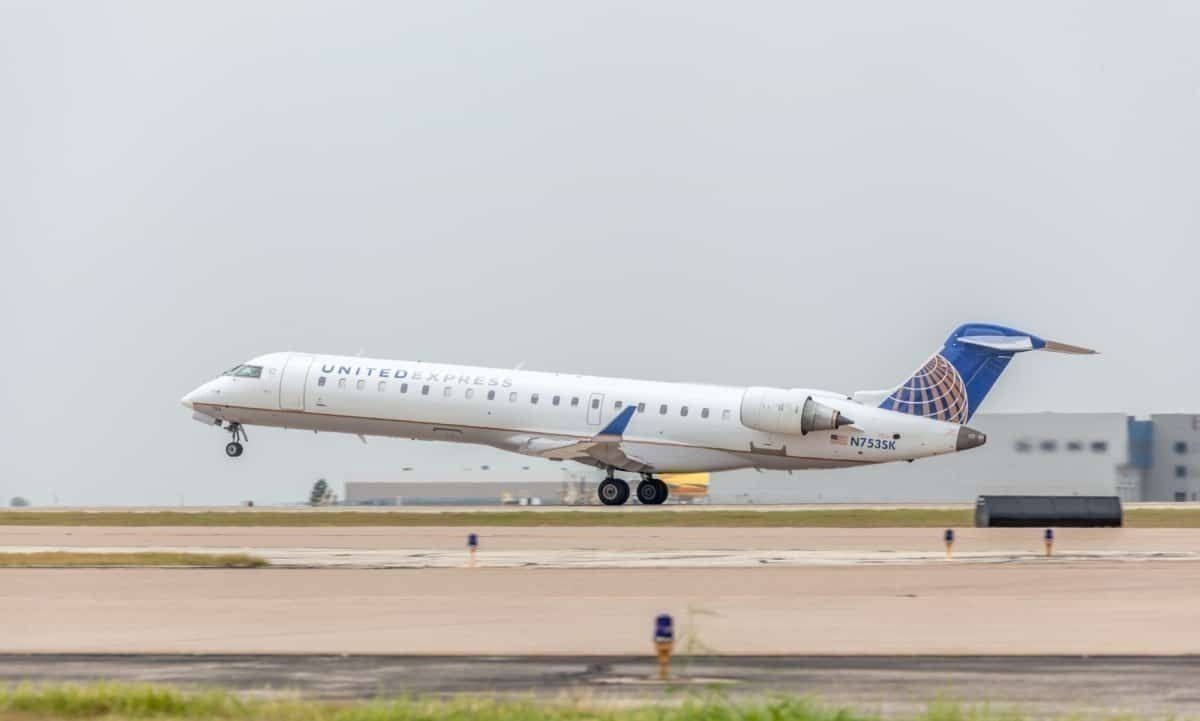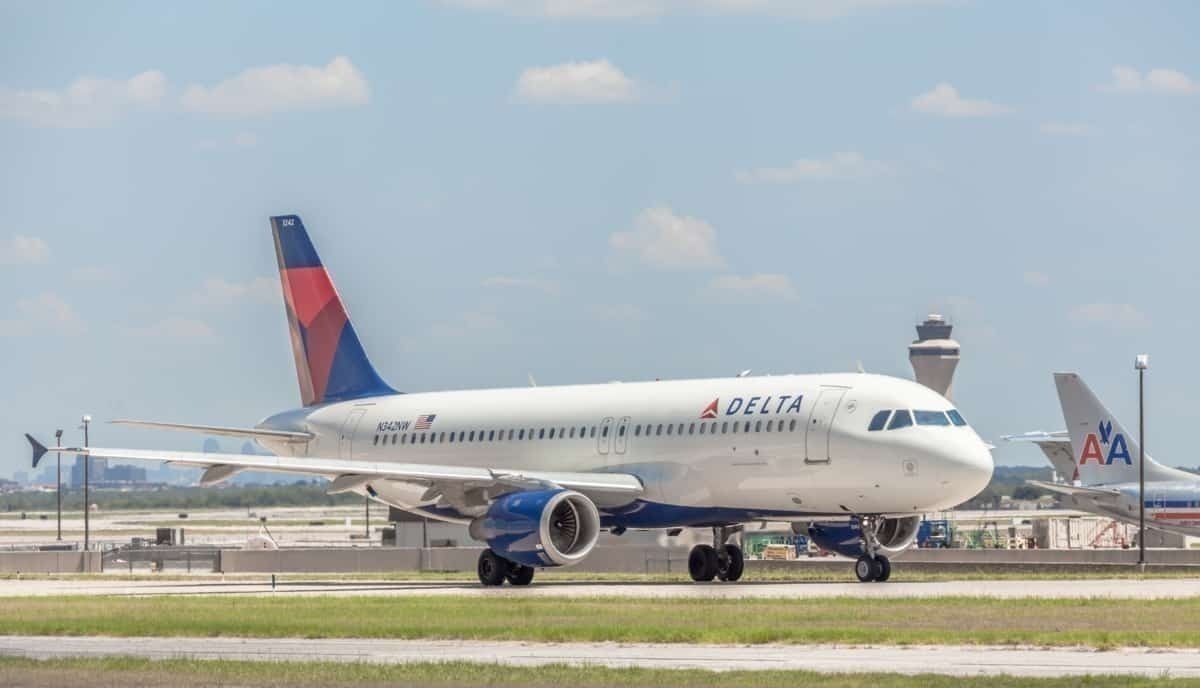Formally known as the Coronavirus Aid, Relief, and Economic Security Act, the US CARES Act is a $500 billion boost to the US economy. The financial assistance package also covers many other industries in the United States. Only about 6% of the entire package is going to the airline industry.
But, that still translates into a very handy $29 billion. Of that amount, $25 billion is going to passenger airlines, and $4 billion is going to cargo airlines. Not all the funds are a simple cash handout. The money is a combination of loans, loan guarantees, and grants. But the bulk of the money is in the form of grants. All up, US airlines are getting $17.5 billion in cash grants. A further $7.5 billion is available in the form of loans
There is also some relief from federal excise taxes, such as taxes on taxes on airline passenger tickets, cargo, and aviation fuel.
Stay informed: Sign up for our daily aviation news digest.
CARES Act funding a short term win for airlines
Naturally, the airlines were delighted with the financial windfall. American Airlines is picking up $4.1 billion in cash grants and is applying for a $1.7 billion loan. United Airlines expects to receive $3.5 billion in cash grants and a further $1.5 billion in loans. Delta Air Lines is getting $5.4 billion in cash and loans.
It's not just the biggest carriers who picked up the cash and loans. CARES Act funding has filtered through to most airlines. Next tier down in airline size, JetBlue got $685 million in cash grants and a further $250 million in loans.
"We are so grateful to the leaders in Washington for acknowledging the importance of the airline industry to our country and offering support as part of the CARES Act," said JetBlue in an April statement.
"The government support will allow JetBlue to continue providing that essential service that is so needed now and long into the future."
The US Government recognizes to need to maintain the aviation industry
No doubt, the financial assistance provided to airlines is exceedingly generous. But the US Government recognizes the need to keep the airline industry and the broader economy afloat. Airlines are a vital cog in the machinery that keeps the world turning.
But there's more to it than that. US airlines are also significant employers. US passenger and cargo carriers directly employ 750,000 people and indirectly sustain a further 10 million jobs. The biggest airlines, like American Airlines, employ 100,000 plus people.
There are economic, social, and political considerations for keeping these jobs going. As airlines ground to a near halt in the springtime, there was a very real fear hundreds of thousands of jobs would be lost.
The CARES Act is a blunt but straightforward tool to prevent that. The financial assistance is contingent on airlines retaining their workforce at full compensation and benefit until September 30. That's proved a lifesaver for hundreds of thousands of people facing unemployment two months ago. Effectively, CARES Act funding is underwriting payroll expenses.
"Every dollar of JetBlue’s CARES Act payroll support allocation must go directly towards salary, wages, and benefits for our 23,000 crewmembers," said JetBlue.
"None of these payroll support funds will go towards paying our executives, buying back stock, or paying dividends to investors."
Funding covers the majority of payroll expenses until end of September
The funding doesn't cover the US airline industry's entire payroll expenses. US airlines estimate their payroll expenses from the start of the funding until September 30 is $31 billion. The cash grants of $17.5 billion cover 56% of that amount. Combined with the loans, 80% of payroll expenses are covered until September 30. But, whichever way you look at it, it's a very useful top-up.
But the kicker in the funding is the expiry date. What happens on and after September 30 is the subject of much speculation - a lot of it pessimistic. Domestic airline travel in the United States is trending up but remains well shy of usual capacity. Across July, United Airlines expects to be running at about 30% of average capacity. Over at Southwest, they are looking at running at around 65% of the usual capacity.
The fear is airlines will move into October will far more employees on their books than they need, and mass layoffs could occur. To that effect, CARES Act funding had just delayed the inevitable.
Airlines encourage employees to leave voluntarily
The provisions of CARES Act funding doesn't prevent airline employees from leaving voluntarily. A lot of US carriers have been busy encouraging employees to do just that. There have been generous severance packages on offer. Delta Air Lines employees who leave voluntarily will get between four and twenty weeks of pay, one year's health insurance, and one year of travel benefits. Those employees of retirement age who elect to go voluntarily will receive even more generous benefits.
Over at American Airlines, they've decided to try to offload 5,000 management-level employees. The more senior managers have been offered up to nine months' pay and two years of health insurance to walk. There are also reports that if American's hand is forced after September 30, redundancy packages will be much less generous.
The US airlines want to prevent mass layoffs after September 30. That's fair enough. Sacking tens of thousands of workers in one stroke is never a great look. At an individual level, the problems raised when you leave employment are less if you leave voluntarily rather than involuntarily.
Airlines bouncing back, just not fast enough
Perhaps, earlier this year, US lawmakers believed things would have bounced back by September 30. And, in fairness, no-one expects funding for anything to continue indefinitely. But, as 2020 rolls on, it is becoming clearer by the day that flying in the United States will not be back to normal, or anywhere near normal, by September 30.
That raises a lot of uncertainty and a lot of anxiety about what will happen once the funding rules cut out. It is particularly tough on the hundreds of thousands of airline employees. That's the fatal flaw of CARES Act funding for the airline industry. It hasn't necessarily avoided the pain of mass layoffs, merely deferred them.
At least, that's the widespread view. How it plays out after September 30, we will find out soon enough.

